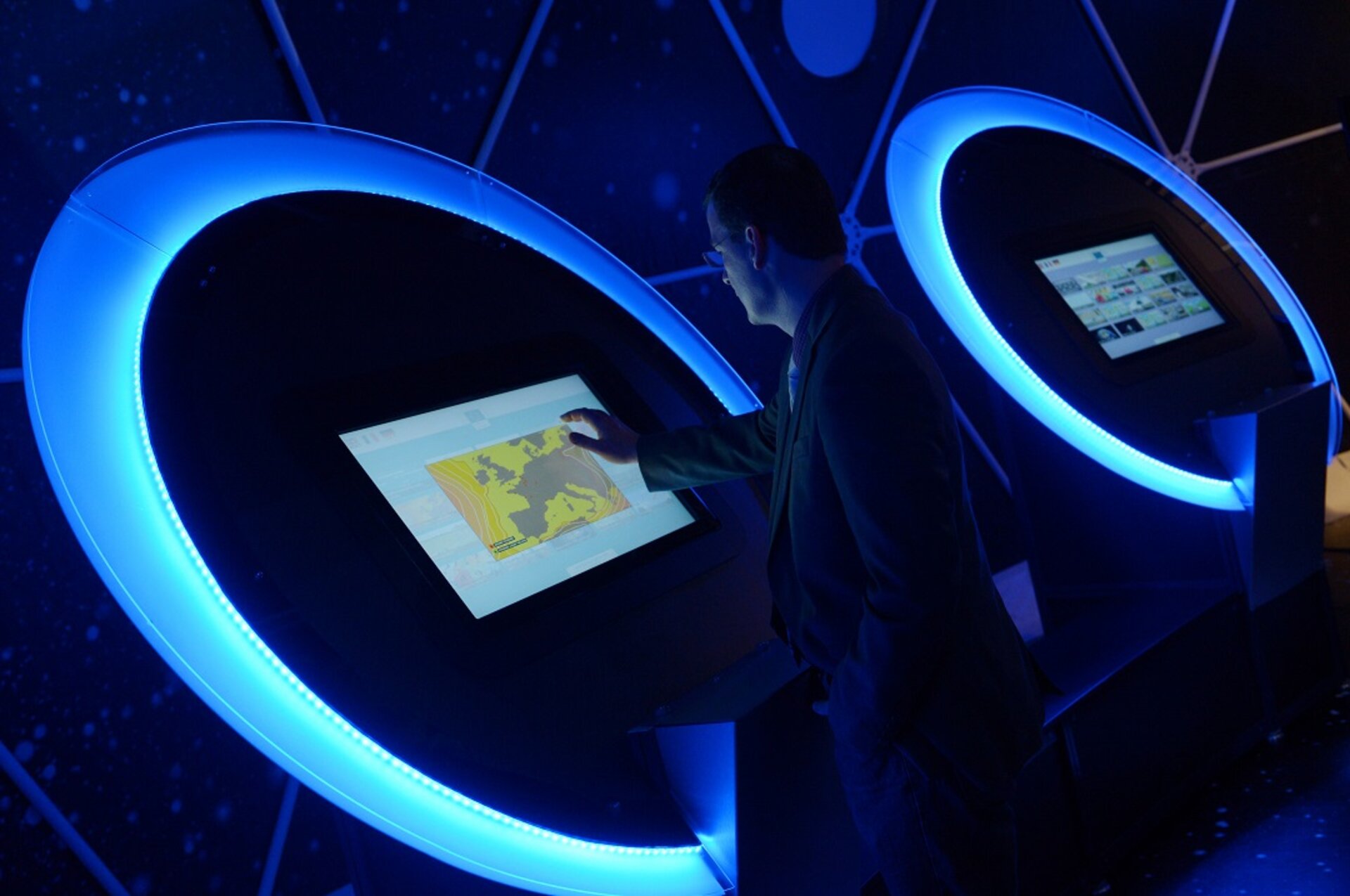Technology spin-offs at world’s largest industry fair
ESA and CERN are joining forces to take discoveries from space and particle accelerators into industrial use.
Contrary to common belief,the famous Teflon pan and Velcro are not spin-offs from space, but many others do originate from our space programmes and astrophysics research.
This month, at the world’s largest industry fair, the Hannover Messe, ESA and the CERN European organisation for nuclear research will showcase a number of spin-offs and present the opportunities available with their patents and technologies, ready to use.
Sensors to measure reentry conditions of European spacecraft are now used by Deutsche Bahn to check hydraulic brakes on trains. Cameras ESA developed for the International Space Station today create 3D videos for medical and industrial purposes.
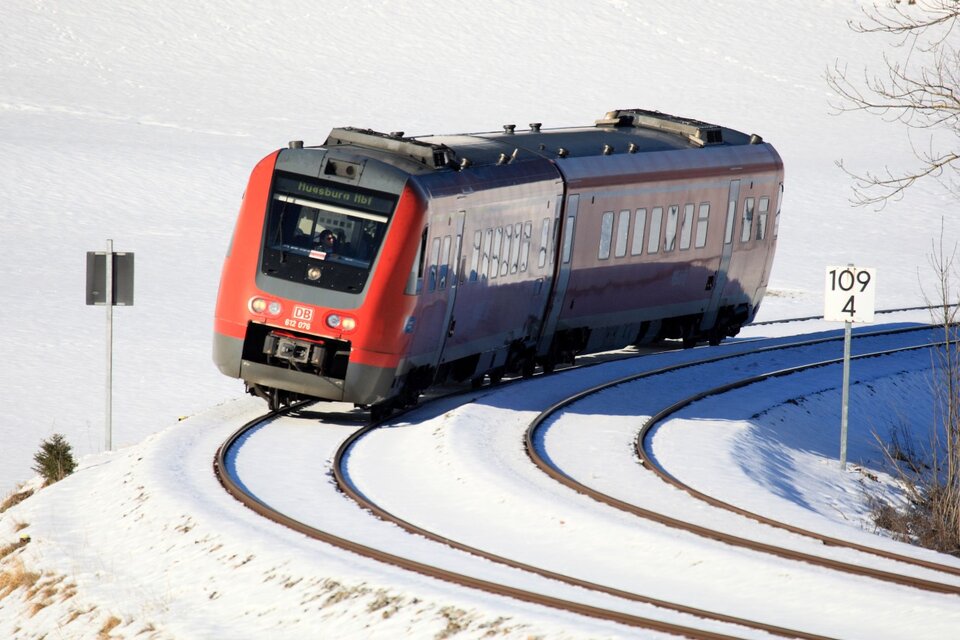
Testing technology for telescopes to search for Earth-like planets around other stars is now improving eye surgery. And the TruePLM lifecycle management tool developed for ESA spacecraft is now being used to increase efficiency in the oil and gas industries.
In the same way, proton radiation therapy to treat cancer was based on developments in accelerators and detectors in particle physics. CERN computer scientist Tim Berners-Lee changed the world at the beginning of the 1990s with his invention of ‘hypertext markup language’ – the HTML used today and a key element in the creation of the worldwide web.
The number of spin-offs from ESA and CERN are expanding steadily. Discoveries that ended up more or less coincidentally being used in business in earlier times are now systematically transferred.
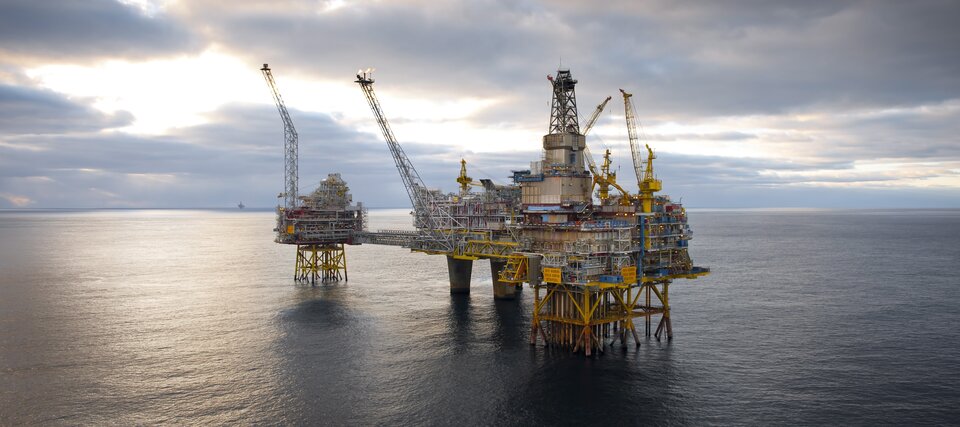
“Since the start of our space technology programme, we have fostered over 250 spin-offs in addition to what industry itself spins off,” says Frank M. Salzgeber, Head of ESA’s Technology Transfer Programme Office.
“And every year we support 75 new start-ups at our nine business incubation centres to create new firms in Europe. This helps both regionally by creating new local jobs and our competitiveness globally as many of the start-ups are launching new services based on satellite-provided data, services that can be used anywhere.”
Another ESA Business Incubation Centres is on the drawing table to be started within the next year or so, to take advantage of space spin-offs to create new businesses and jobs in Europe.
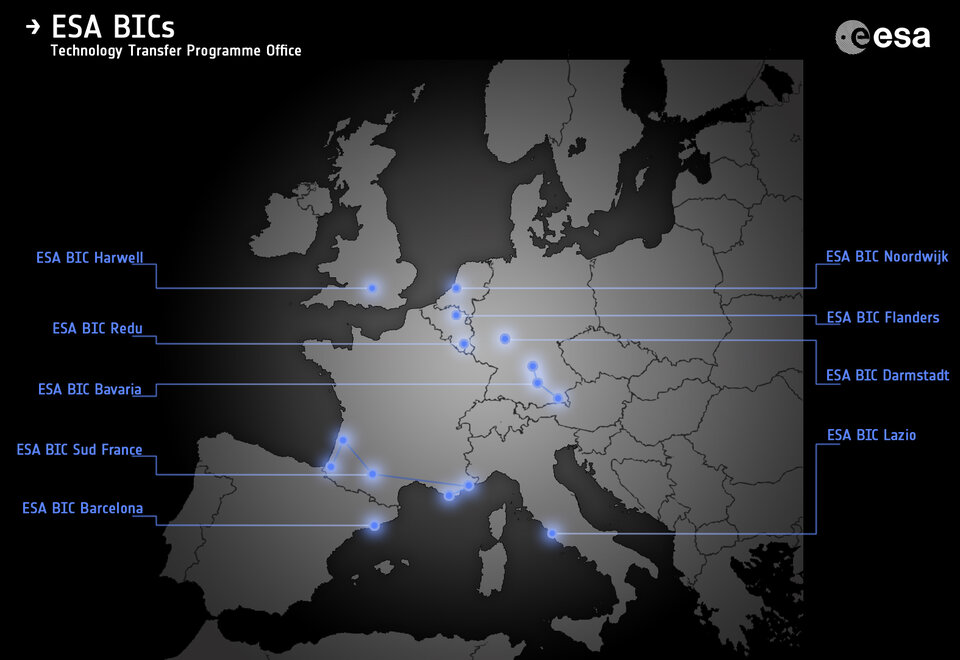
Spin-offs from CERN’s particle physics research and ESA’s space programmes help in another extremely important area: our sustainability. An example is the Sun-powered modules that keep Geneva airport warm in the winter and cool in the summer. The system, installed on the roof in 2012, contains vacuum technology that was developed at CERN for accelerating elementary particles.
“This innovative green technology is the result of a partnership between us and industry,” explains Enrico Chesta, Head of the Technology Transfer Section at CERN’s Knowledge Transfer Group. “As in medicine and information technology, accelerator and detector technology have been applied to the energy sector.”
CERN and ESA at world industry trade fair
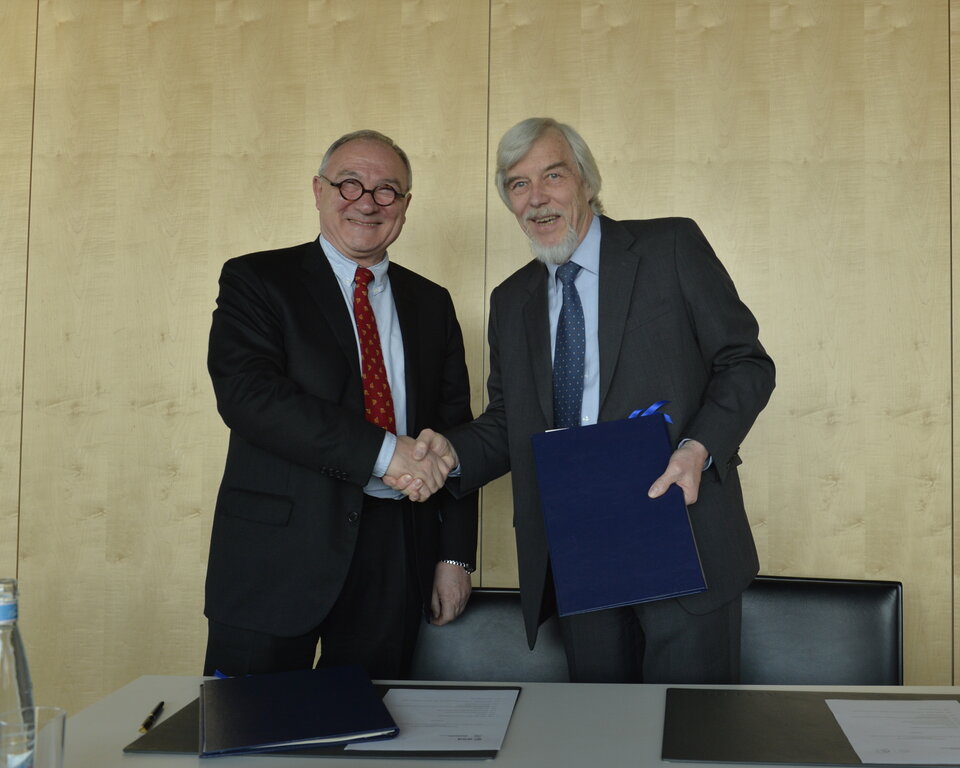
“The transfer of technology is a major concern of both CERN and ESA. It is the first time that we are appearing together at an industrial trade show,” says Enrico Chesta.
“We want to demonstrate that our technology can be used by industrial applications.”
ESA and CERN signed a cooperation agreement 28 March to foster future collaborations on research themes of common interest.
Showcasing spin-offs
A number of transfers will be showcased and several start-up companies will present their products and services based on CERN’s research and ESA’s space endeavours. Start-ups from the ESA Business Incubation Centres include:

ExxFire is developing an environmentally friendly fire suppression system for computer data centres, petrochemical areas or libraries where water cannot be used to put out fires.
Kinexon is developing smart cloud-based web applications for professional sport, healthcare, industrial and retail sectors.
Spectrum ARC is developing terrestrial infrastructures to improve environmental monitoring.
Aviontics is producing navigation and autopiloting systems for small unmanned aircraft.
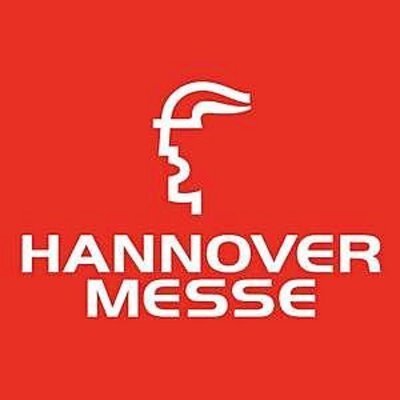
All4IP is developing applications for the users of ‘pedelecs’, electric motorcycles and green cars, to help navigate and decide if the destination can be reached with available battery power.
All of these start-ups are building their solutions by directly reusing space technologies, intellectual properties or expertise from Europe’s space programmes. They are hosted at ESA’s business incubation centres to receive support to turn their ideas into viable new businesses and high-tech jobs in Europe.
Meet CERN and ESA to discuss how new technologies can help
You will find ESA and CERN at the Hannover Messe in Hall 2, Stand D54, 7–11 April.

Representatives from the two organisations will be available to discuss how their technologies, expertise and intellectual properties can be used by industry.
The start-ups will illustrate their spin-offs by presenting products and prototypes.
Learn more about the ESA Technology Transfer Programme here.
Learn more about the CERN Technology Transfer Programme here.


